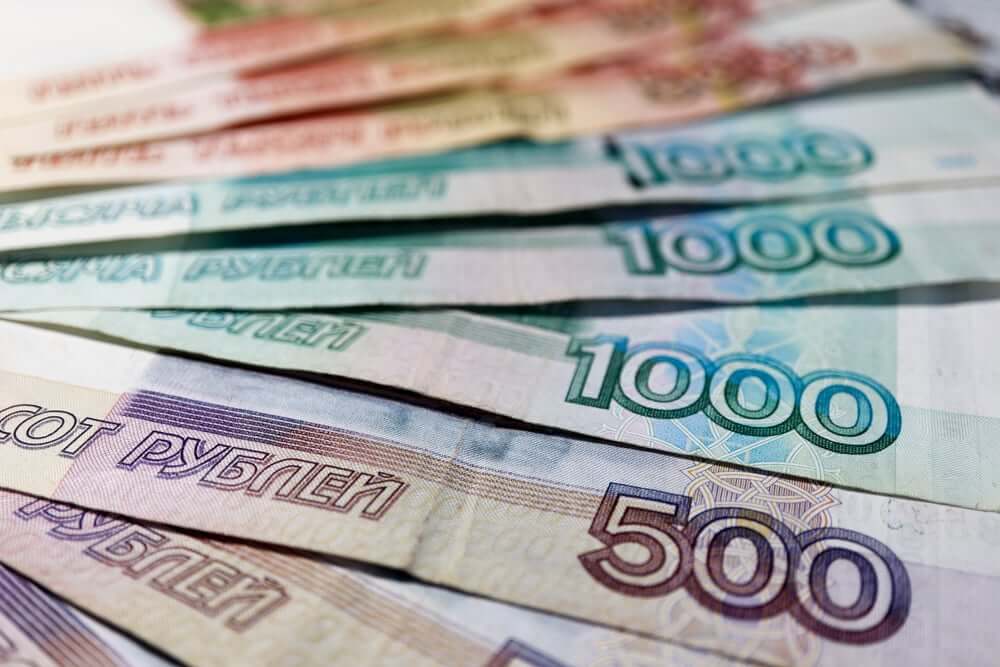
Russian rouble ticks up
The rouble rose in both Moscow and international FX markets on Thursday following the first formal talks between Russia and Ukraine’s foreign ministers, despite no progress on a ceasefire.
The currency has lost up to 50% of its value against the dollar this year, hampered by international sanctions imposed in response to Russia’s invasion of Ukraine last month.
The rouble closed at 118.5 per dollar in Moscow, up 1.3 percent from the previous day’s close but still down 36.5 percent since mid-February. The Moscow Exchange, which Russian central banks use, hit a record intraday low of 121.5275.
The rouble closed at 125 against the euro in Moscow, up 1.6 percent for the session, after hitting a record intraday low of 132.4175. Year to date, it is down 32.4 percent.
In international markets, bids were 127.75 to the dollar and 140.4 to the euro, slightly higher on the day.
Britain sanctioned another group of wealthy Russians, including Chelsea Football Club owner Roman Abramovich. In contrast, the Bank for International Settlements, the leading global central bank umbrella group, barred Russia’s central bank from all meetings and services.
Markets are also keeping a close eye on upcoming debt repayments, with the threat of Russia defaulting on $40 billion in external bonds looming. It would be the country’s first significant default since the Bolshevik revolution of 1917.
Finance Minister Anton Siluanov stated that Russia would service its external obligations in roubles if the central bank and government’s foreign exchange accounts remained blocked by Western sanctions.
Euro hounded by growth risks
The dollar rose to a five-year high against the yen on Friday following a strong US inflation report, while the euro struggled to hold its own as the European Central Bank’s hawkish turn was offset by growth risks from the Ukraine crisis.
The dollar reached 116.55 yen in early trade, its highest level since January 2017. The dollar is up 1.5 percent against the yen this week, its biggest weekly gain since October.
The euro little changed at $1.1005 at the time of writing. It ended a choppy Thursday 0.8 percent lower, but it had risen to as high as $1.112 and dropped to as low as $1.0975 during the day.
The ECB’s more hawkish message temporarily boosted the euro, but it was short-lived, indicating that other factors, such as the news from Ukraine, outweigh any concerns about what the ECB might do.
On Thursday, the European Central Bank announced that it would phase out its stimulus in the third quarter, paving the way for an interest rate hike to combat soaring inflation before the end of 2022.
The war has also weighed on sterling, trading at $1.3093, close to a 16-month low.
After a recent stormy rally due to higher commodity prices, the Australian and New Zealand dollars lost some ground on Friday.
The Australian dollar was trading at $0.7336, while the New Zealand dollar was trading at $0.6851.
Despite a volatile few days as prices took a round trip in response to an executive order from US President Joe Biden requiring the government to prepare reports on the future of money, Bitcoin was around $38,500, and little changed on the week.


